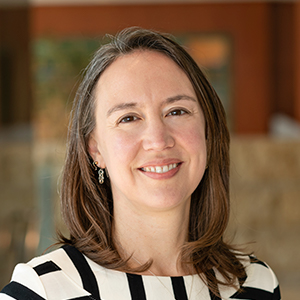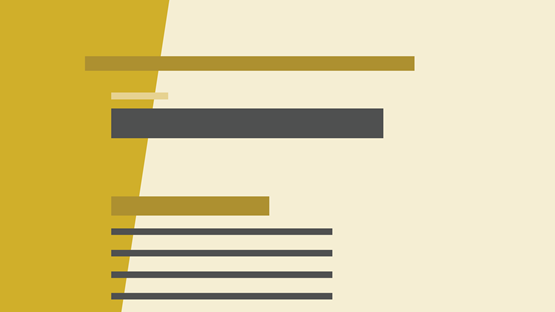A first version of this article was published on September 25, 2023, using data from 2022. This version was updated in 2024 with data from 2023 and additional analysis.
Homeless individuals come from every demographic group, but not all groups are equally represented. Black and Native American individuals are more likely to be homeless than are individuals from other racial and ethnic groups. Men and veterans also have higher rates of homelessness than the U.S. average. Homeless people are less likely to be women or under the age of 18.
The total homeless population increased by about 70,000 people between 2022 and 2023, and the overall rate of homelessness rose 12 percent, from 1.75 to 1.96 per 1,000 people. Every demographic group pictured in Figure 1 saw an increase. About 40,000 additional Hispanic Americans were recorded as homeless in 2023 than in 2022, which increased their homelessness rate from 2.2 to 2.8 people per 1,000. In contrast, about 3,300 additional Asian Americans were homeless in 2023, but because their homelessness rate is the lowest among the demographic groups measured by the Department of Housing and Urban Development, this represents a 40 percent jump. These numbers simultaneously show that homelessness in the U.S. is widely experienced, highly unequal across groups, and getting more serious.
Having a roof over your head depends on where you live
The experience of being homeless varies by place. In Los Angeles, most homeless people live out on the streets—a quite different experience than in New York City, where a legal “right to shelter” has almost every homeless person under a roof. The rest of the country is in between (see Figure 2).
Collecting data on homelessness—imperfectly
Homelessness data in the U.S. come from annual point-in-time (PIT) counts, where local volunteers spread out to count the sheltered and unsheltered homeless population on a single night in January.
Institute staff have been among these volunteers for the last two years, surveying people at warming centers late at night or in libraries during the day. Along with staff from Ramsey County and volunteers from nonprofits that serve immigrants or veterans, for example, we recorded many people’s experiences. But we could not talk to everyone. Some people experiencing homelessness don’t encounter a PIT volunteer; some are suspicious of the survey itself; some do not want to answer questions. As a result, our data are far from complete.
Yet the PIT data do reflect broad trends in homelessness in the U.S. In the same year when PIT counts enumerated larger numbers of people experiencing homelessness, local governments dealing with the consequences of homelessness have pursued a number of legal challenges to the rules governing their treatment of both sheltered and unsheltered homeless people. New York City asked the courts to suspend its right-to-shelter decree because the large number of people seeking shelter surpassed the city’s ability to provide it. A city in Oregon is seeking the right to treat homeless encampments as “unsanctioned camping” by issuing tickets and making arrests.
Continuing to invest in efforts to take stock of homelessness is essential to understand how policies affect the housing security of different groups of Americans.
Lisa Camner McKay is a senior writer with the Opportunity & Inclusive Growth Institute at the Minneapolis Fed. In this role, she creates content for diverse audiences in support of the Institute’s policy and research work.






